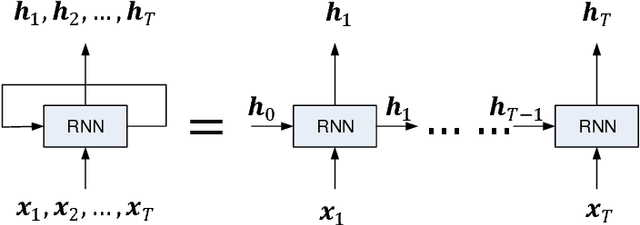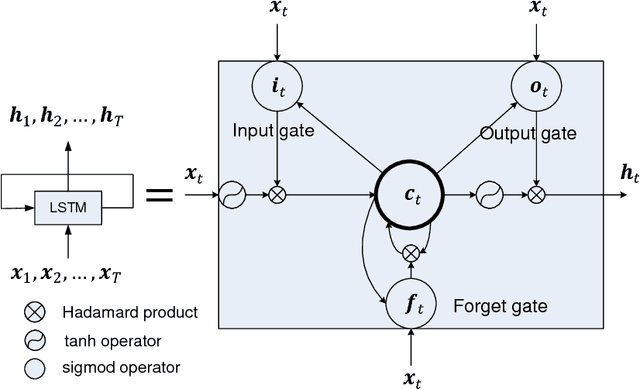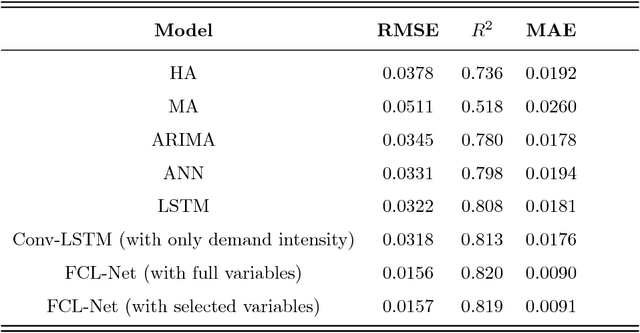Hongyu Zheng
Michael
CS Sparse K-means: An Algorithm for Cluster-Specific Feature Selection in High-Dimensional Clustering
Oct 03, 2019



Abstract:Feature selection is an important and challenging task in high dimensional clustering. For example, in genomics, there may only be a small number of genes that are differentially expressed, which are informative to the overall clustering structure. Existing feature selection methods, such as Sparse K-means, rarely tackle the problem of accounting features that can only separate a subset of clusters. In genomics, it is highly likely that a gene can only define one subtype against all the other subtypes or distinguish a pair of subtypes but not others. In this paper, we propose a K-means based clustering algorithm that discovers informative features as well as which cluster pairs are separable by each selected features. The method is essentially an EM algorithm, in which we introduce lasso-type constraints on each cluster pair in the M step, and make the E step possible by maximizing the raw cross-cluster distance instead of minimizing the intra-cluster distance. The results were demonstrated on simulated data and a leukemia gene expression dataset.
Short-Term Forecasting of Passenger Demand under On-Demand Ride Services: A Spatio-Temporal Deep Learning Approach
Jun 20, 2017



Abstract:Short-term passenger demand forecasting is of great importance to the on-demand ride service platform, which can incentivize vacant cars moving from over-supply regions to over-demand regions. The spatial dependences, temporal dependences, and exogenous dependences need to be considered simultaneously, however, which makes short-term passenger demand forecasting challenging. We propose a novel deep learning (DL) approach, named the fusion convolutional long short-term memory network (FCL-Net), to address these three dependences within one end-to-end learning architecture. The model is stacked and fused by multiple convolutional long short-term memory (LSTM) layers, standard LSTM layers, and convolutional layers. The fusion of convolutional techniques and the LSTM network enables the proposed DL approach to better capture the spatio-temporal characteristics and correlations of explanatory variables. A tailored spatially aggregated random forest is employed to rank the importance of the explanatory variables. The ranking is then used for feature selection. The proposed DL approach is applied to the short-term forecasting of passenger demand under an on-demand ride service platform in Hangzhou, China. Experimental results, validated on real-world data provided by DiDi Chuxing, show that the FCL-Net achieves better predictive performance than traditional approaches including both classical time-series prediction models and neural network based algorithms (e.g., artificial neural network and LSTM). This paper is one of the first DL studies to forecast the short-term passenger demand of an on-demand ride service platform by examining the spatio-temporal correlations.
* 39 pages, 10 figures
 Add to Chrome
Add to Chrome Add to Firefox
Add to Firefox Add to Edge
Add to Edge